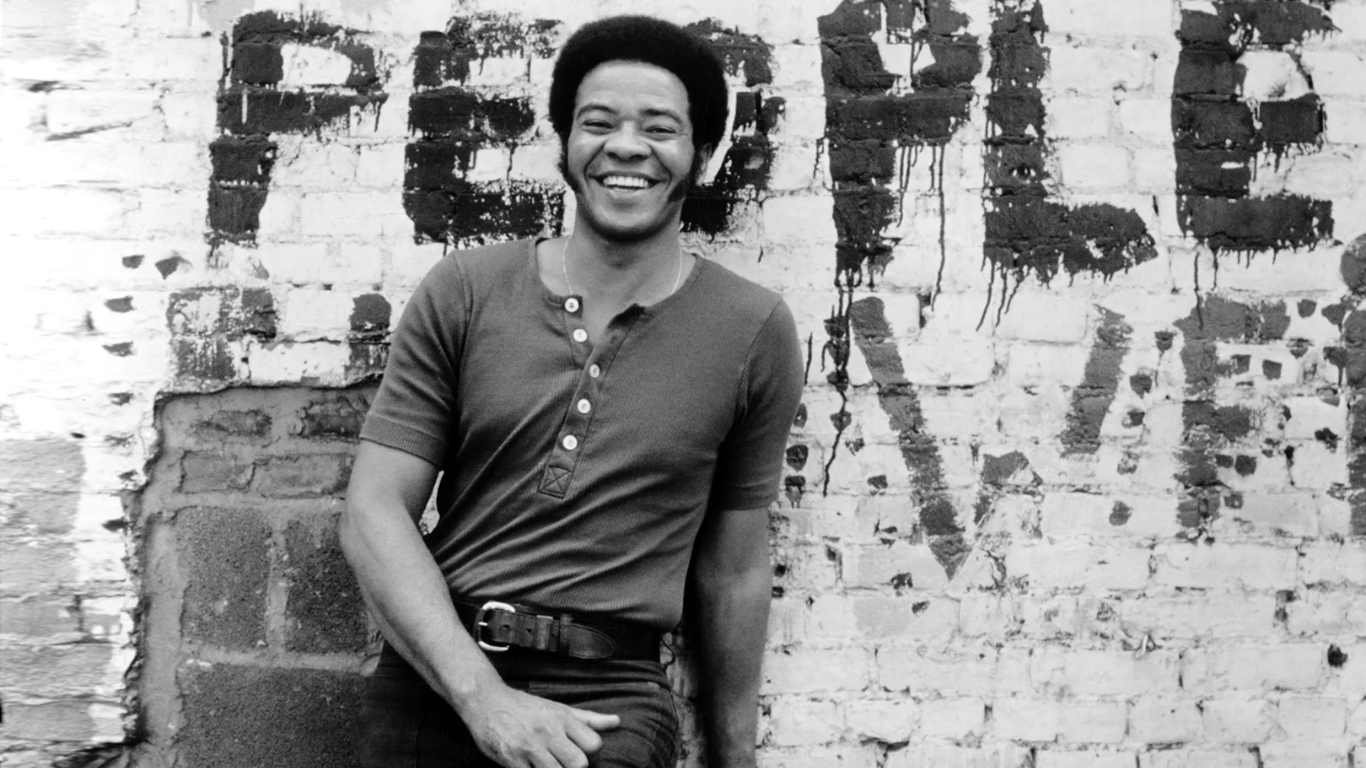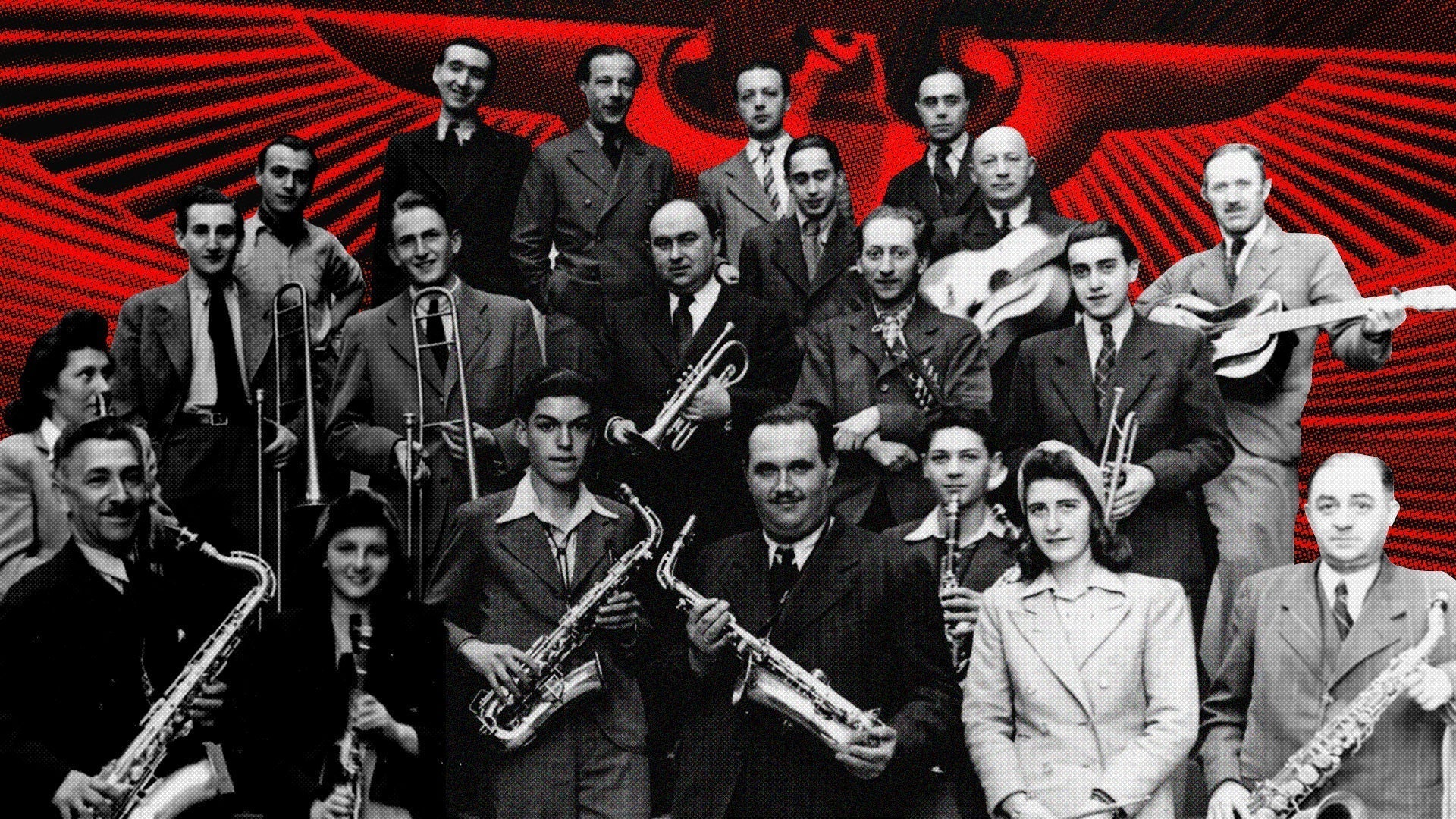Why We're Drawn To Repetition In Music

Music, much like language, has a unique way of resonating with our minds, and one of its most powerful tools is repetition. But what is it about repetition that makes it so compelling?
Visualizing the structure of a song through tools like Song Sim, created by computer programmer Colin Morris, reveals fascinating insights into lyrical repetition. This tool maps each word of a song, showing how often and where repetitions occur. For instance, Vince Staples’ “Yeah Right” displays a dense matrix of recurring phrases, illustrating how repetition can shape a song’s identity.
Historically, repetition in music faced criticism. In 1882, composer Ferdinand Praeger argued that repeating musical parts weakened their impact, likening it to repeating parts of a poem or novel. He saw repetition as uncreative and simplistic. However, modern research suggests otherwise, indicating that repetition is central to music.
Elizabeth Margulis, a music cognition expert, highlights the speech-to-song illusion, a phenomenon where repeated speech transforms into a melody in our perception.
This illusion underscores how our brains are wired to recognize and find pleasure in repetition. Margulis’ studies further explore this by altering non-repetitive, atonal music to include repetition.
Her findings revealed that listeners found these modified pieces more enjoyable and artistically intentional than the originals, suggesting that repetition enhances our perception of human touch and creativity.
Songs like “Formation,” “Around The World,” “Beat It,” and “I Wanna Dance with Somebody” stick in our minds because their repetitive elements create recognizable patterns that our brains latch onto.
“Ain’t No Sunshine” by Bill Withers repeats the phrase “I Know” 26 times; not only sticking in the listener’s mind but also conveying deep loss and longing - forming a deeper connection in the listeners’ mind.
Colin Morris’s analysis of pop music over decades shows a clear trend: songs are becoming more repetitive. This increasing repetition correlates with higher memorability and commercial success.






Comments